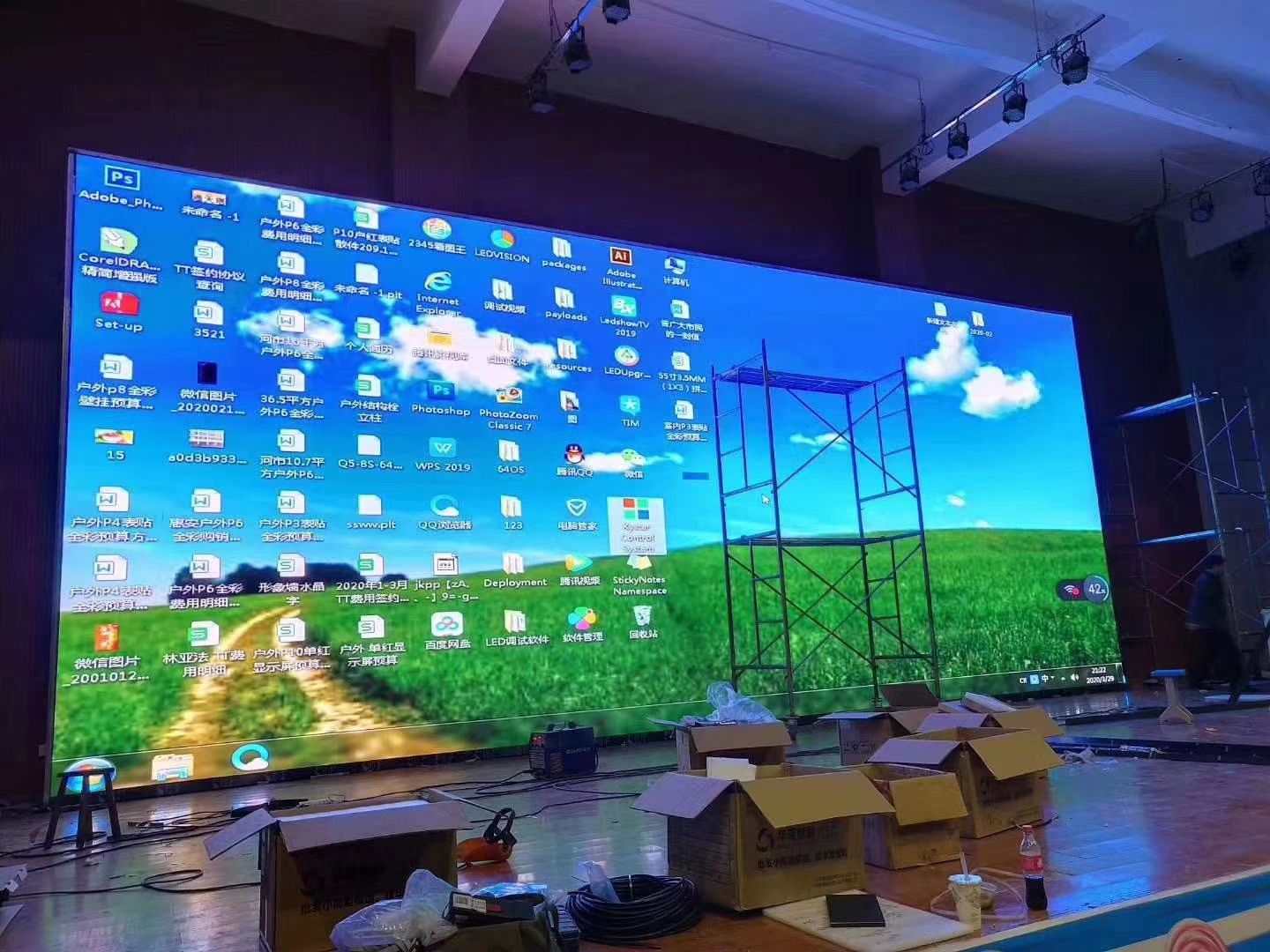Exploring How Definition Influences the Performance and Aesthetic Quality of Light Emitting Diode Screens in Modern Exhibition Techniques
Light Emitting Diode screens are growing increasingly popular in various environments, including musical events and sports competitions to corporate presentations and art installations. One of the key crucial elements that affect the performance and visual quality of these displays is image clarity. Image resolution denotes the quantity of pixels that make up the visual on the display. Higher resolution means more picture elements, which can result in clearer and crisper images. Understanding how resolution affects LED walls can assist operators make knowledgeable choices about their screen needs.When talking about image clarity, it is crucial to take into account picture spacing, which is the gap between the center of one pixel to the center of the next picture element. A reduced picture spacing results in a higher resolution, allowing for additional clarity in the images shown. For instance, an LED screen with a pixel pitch of 1.5mm will provide a sharper visual than one with a picture pitch of 3mm. This is particularly important in environments where audiences are near to the display, such as in a small venue or a exhibition show booth. In these cases, a greater image clarity can significantly enhance the viewing quality.
Another factor of image clarity is its effect on color accuracy and brightness. LED walls with greater image clarity often have better color reproduction, meaning that the colors shown are increasingly vibrant and true to life. This is crucial for uses like marketing, where the objective is to attract attention and convey a concept efficiently. Additionally, higher resolution screens can preserve luminosity levels even when seen from various perspectives. This is important in large locations where viewers may be seated at various ranges and positions from the screen.

The performance of LED walls is also affected by image clarity in terms of update frequencies and reaction durations. A greater image clarity screen can support quicker update frequencies, which is crucial for dynamic content such as videos and animations. This means that the images on the screen will appear smoother and more seamless, improving the overall viewing experience. In contrast, lower resolution screens may have difficulty with dynamic material, resulting in fuzziness or delay. Therefore, for occasions that rely on high-energy visuals, choosing a display with a suitable resolution is critical.
In conclusion, resolution plays a crucial role in defining the functionality and image clarity of LED screens. Elements such look at this site as pixel pitch, color precision, luminosity, update rates, and response durations all affect how efficiently a screen can convey information and engage viewers. As technology continues to progress, grasping these factors will help users select the right LED wall for their specific requirements, guaranteeing that they obtain the optimal possible results in their presentations and events.